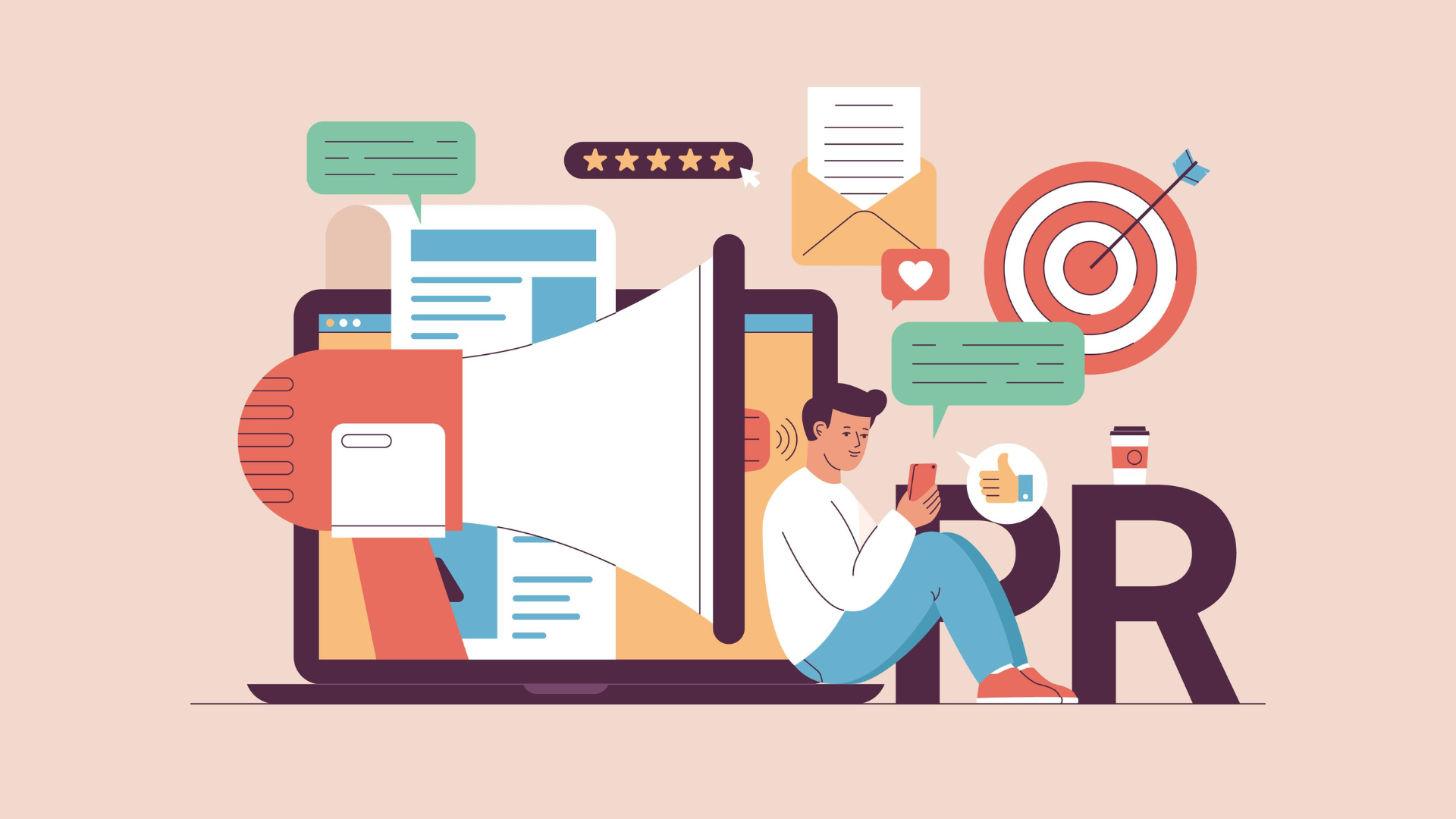
Email marketing is the crème de la crème if you’re looking for the marketing channel with the highest ROI—with a 4000% return on average.
Your marketing team probably already has an established process for their email campaigns, but is it producing these kinds of results?
Maybe ROI is only one of your key metrics, though. MQLs, new subscribers, booked calls – there are lots of different goals which B2B marketers are trying to achieve with their email campaigns.
So let’s take a look at 5 different types of email marketing campaigns, and which one your team should use to meet specific KPIs.
#1 The Introduction Email Series
Choose this if you: want to onboard your prospect into your company’s MO. The idea here is to provide a brief overview of your brand’s products/services without attempting to soft or hard-sell your prospect…yet.
So, you’ve identified new prospects that can convert into MQLs (marketing-qualified leads). That’s when it’s the welcome email series’ time to shine.
Picture gaining a new colleague. Wouldn’t your first reaction be to exchange pleasantries and get to know one another? Well, it’s the same idea for your prospects. You must nurture a relationship with them before moving to the sales talk.
In fact, research shows that only 8% of leads are sales-ready on first contact. So suffice it to say you’ll need to “butter up” your leads before they’re ready to make a purchase. And that’s the entire goal of the welcome email series campaign.
You can build brand education with your prospect by sending four to five introduction emails. And it also presents the chance for rapport-building with each prospect. So, when creating a welcome email series, it’s essential to include:
- A self-introduction
- An invitation to a social media connection
- The intent for getting to know your prospect
Additionally, it’s critical to start the welcome series ASAP. Waiting too long to begin your introductions increases your spam scores.
When used correctly, the welcome email series will help begin the buyers’ journey of your prospects.
#2 Email Newsletters
Choose this if you: want to provide value to your prospects through a company newsletter. With a newsletter, you can inform and educate your customers about the latest events happening for your brand and the industry you’re dealing with.
You’re probably familiar with newsletter campaigns. In fact, you’ve probably got a dozen newsletters in your inbox. And that’s no surprise, because most businesses use newsletters as the foundation of their marketing programs.
But just because everyone uses this email campaign type doesn’t mean you should overlook it. Actually, newsletters enable you to accomplish these goals:
- Educating prospects and returning customers about your business
- Introducing employee profiles
- Showcasing new products and projects
- Introducing passion projects
But the most compelling newsletters need to target a specific goal. For example, do you want to nurture existing customers by introducing company events? Or maybe you’re getting ready for a new product roll-out? Either way, you’ll need a tool to help track progress, which is where CRM tools like Hubspot or Twilio come into play.
CRM software enables tracking KPIs relevant for goal tracking like:
- Click through rates
- Conversion rates
- Identifying high-ticket customers
When it comes to producing the best email newsletter campaigns, it’s essential to zero in on a specific target and measure its success by incorporating the appropriate software into your stack.
#3 Triggered Email Series
Choose this if you: want to send responses to your customers and prospects for accomplishing certain tasks. For instance, you can create a triggered email response if a customer has an abandoned cart.
75% of email revenue comes from triggered email campaigns—emails that follow up a customer or lead’s action or inaction. Whether from following up on customers successfully making a purchase or as a response to a delivered survey, a triggered email series aims to encourage engagement from your prospects or customers.
Furthermore, you can roll out triggered email campaigns with the help of automation software. It removes the human factor and enables an immediate response to customer actions. Some of the best automation software that presents the most features include:
And through automation software, you can produce automated trigger email campaigns that respond to actions like:
- Ecommerce: Sends an email when a customer makes a purchase, abandons their cart, or browses a product.
- Workflow Activity: Triggers an automated follow-up when a subscriber or prospect interacts with a previous message, such as by clicking a link or opening an email.
- List Management: Responds to prospects that get added to your mailing list or if they subscribe to your newsletter.
Your aim with a triggered email series is to encourage customer or prospect engagement in response to a specific action.
#4 Dedicated Email
Choose this if you: want to leverage email marketing to give customers insight into the latest developments within your company.
Whether to announce a new product, a whitepaper, or event attendance, you’ll want to let your customers and prospects know about further info on company activity. Unlike newsletters, dedicated emails focus on a single offer.
The main advantage of a dedicated email comes from a focused call to action. Also, you ideally want to send dedicated emails to segmented lists because they aren’t efficient in encouraging conversions or minimizing unsubscribes.
Dedicated emails come with more advantages, including:
- Easy to build: All it requires is the information you want to share and to personalize messages to each recipient. Both of which can be accomplished by automation software.
- Simple measurement: Thanks to the dedicated CTA, measuring the effectiveness of a dedicated email campaign is straightforward. All you need is to observe the campaign’s CTR and conversion rate.
Dedicated email campaigns will help procure conversions and engagement through targeted events.
#5 Re-engagement Campaigns
Choose this if you: want to recover inactive customers/prospects. The re-engagement marketing campaign focuses on reinvigorating potentially lost customers or dead leads.
Approximately 25-30% of your prospects will unsubscribe from your mailing list yearly. Ideally, you’ll want to encourage the unsubscribers to stay connected, and that’s where a re-engagement campaign shows its worth.
An excellent way to encourage re-engagement is by requesting feedback. Feedback accomplishes two feats—it reinvigorates business awareness and presents the opportunity to improve. Additionally, re-engaging stale leads is five times cheaper than pursuing new leads, and re-engagement campaigns allow you to refresh your mailing list.
Diversify Your Outreach With These Email Campaign Tactics
An email is an essential tool in every marketer’s toolkit. But, despite the high ROI, it’s an easy tool to misuse. Incorrectly used, an email will cost you money and alienate your potential leads.
But with intelligent campaign usage, you can tailor your messages to cater to your prospect’s needs. And at ScaleUp Sales, our team of experts can help you identify the best campaigns suitable for your needs.
Contact us today to start crafting the perfect email campaigns that prompt high conversion rates.


